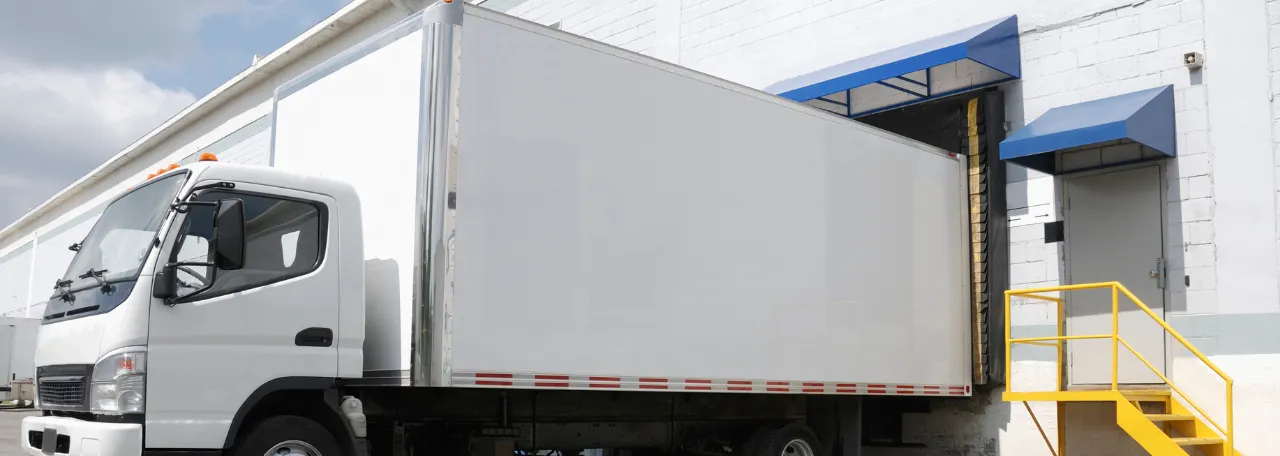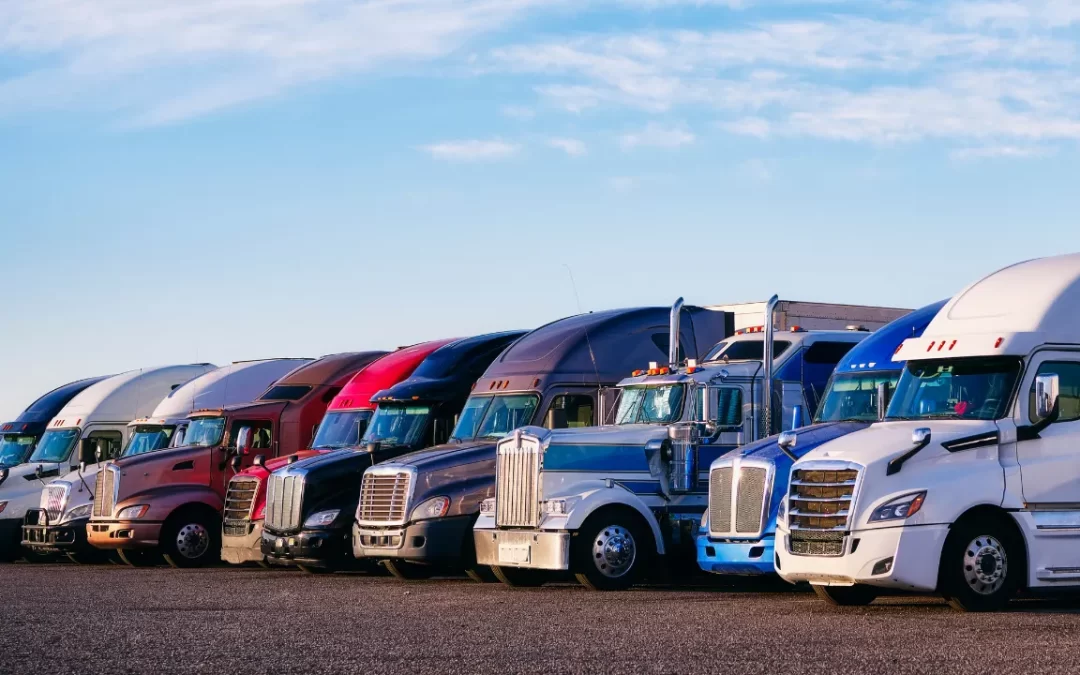The backbone of any supply chain, freight transportation, can be a complex puzzle that businesses need to solve efficiently. Truckload (TL) and Less than Truckload (LTL) are two primary shipping methods that offer different benefits and are suited to various business models.
Understanding the nuances of each method and when to employ them can significantly impact your bottom line and customer satisfaction. In this blog post, we will demystify the differences between TL and LTL freight and provide insights on how you can leverage these options effectively.
The Basics: What is TL and LTL Freight?

Before we explore the nuanced differences between TL and LTL freight, it’s crucial to understand their fundamentals.
Truckload (TL) Freight
TL freight refers to a shipping method where a business occupies an entire trailer, typically for larger shipments that exceed the capacity of an LTL shipment or require more significant protection and handling. Shippers with enough goods to fill an entire truck often opt for TL for its straightforward and direct nature.
Less than Truckload (LTL) Freight
LTL freight, on the other hand, is a method used when the shipment’s weight or size does not require the use of an entire trailer. In the LTL model, multiple shippers’ goods are consolidated into a single truck to share transportation costs, making it a cost-effective solution for smaller shipments or those not requiring dedicated truck space.
Both methods have distinct advantages and trade-offs, and knowing when to use each can streamline your shipping process.
When to Choose TL and LTL Freight

The choice between TL and LTL freight largely depends on the specific needs of your shipments. There are several factors you should consider when deciding which method to use:
Shipment Size and Weight
The size and weight of your shipment are primary determinants. TL is generally more cost-effective for larger, heavier shipments that can fill a truck. LTL suits smaller shipments, allowing you to ship smaller amounts without incurring the cost of unused space.
Delivery Timelines
If your shipment requires faster delivery, TL is often the better choice. It offers a direct route with fewer touchpoints, reducing the chance of delays. LTL shipments may take longer due to the nature of multiple stops to pick up and deliver goods.
Freight Class and Packaging
The freight class of your goods and packaging considerations also play a role. LTL carriers are equipped to handle a variety of goods across different classes and offer various handling and shipping options. TL shipments require the appropriate packaging for the entire load.
Cost and Budget
Your budget will inevitably impact your decision. LTL is more cost-effective for smaller shipments, while TL can offer substantial savings for companies shipping in bulk.
Understanding these factors and balancing them against your shipping requirements will help you make the most appropriate choice for your business.
Leveraging TL and LTL for Different Business Operations
Each shipping method caters to different operational demands. Here’s how you can capitalize on TL and LTL freight to optimize your business operations:
LTL for Consistency and Flexibility
For businesses dealing with less predictable demand, LTL can provide the necessary flexibility. You can make use of LTL services for regular, smaller shipments or in times when the demand for your products fluctuates.
TL for Cost Efficiency and Precision
When precision and cost efficiency are crucial, TL can be the most cost-effective method for shipping large or heavy goods. It’s ideal for scheduled shipments and just-in-time delivery models where every hour counts.
Intersection for Scalability
In some instances, businesses may benefit from a combination of TL and LTL. This hybrid model caters to variable shipment sizes and timing. By blending these two methods, you can leverage cost savings and maintain a balanced supply chain.
Adapting your shipping strategy to the unique needs of your business operations can yield significant advantages.
Case Studies: Real-World Application of TL and LTL
Real-world case studies can provide valuable insights into how businesses have utilized TL and LTL to enhance efficiency and reduce costs.
Case Study: E-Commerce Boom
During a surge in e-commerce sales, a retailer found that using LTL for smaller and more frequent shipments was essential. This allowed the company to maintain inventory levels without overcommitting to large TL deliveries and incurring unnecessary costs.
Case Study: Seasonal Peaks
A manufacturer experiencing seasonal peaks in demand opted for TL during peak seasons to ensure product availability at key retail locations. The direct and expedited TL service helped the company meet its tight deadlines.
Evaluating case studies relevant to your industry can inspire innovative approaches to your freight transportation strategy.
Tips for Maximizing Efficiency with TL and LTL Freight

Streamlining your freight shipping involves maximizing efficiency within the TL and LTL frameworks. Here are some tips to help you achieve this:
Optimize Packaging
Efficient packaging minimizes damage and optimizes space, which is essential for LTL. Use packaging that protects your goods without adding unnecessary weight or bulk.
Leverage Technology
Freight management systems can help you compare carrier rates, track shipments, and manage inventory. Utilize technology to make data-driven decisions that improve your shipping methods.
Strategic Planning
Plan shipments in advance whenever possible to secure the best rates and availability. Strategic planning can also help you leverage backhauls, reducing costs for both TL and LTL.
Maintain Relationships
Strong relationships with carriers can result in preferential treatment in terms of service and pricing. Regular communication and honesty about your shipping needs can foster these partnerships.
By integrating these efficiency-boosting practices into your logistics operations, you can make the most of TL and LTL shipping.
Looking to the Future of Freight Transportation
The world of freight transportation is dynamic, and several trends are shaping its future. Automation, including autonomous trucks, is on the horizon, promising increased efficiency and lower costs. Sustainability is also a growing concern, with green initiatives affecting companies’ choice of carriers and shipping methods.
Staying abreast of these developments and the evolving needs of your industry will be critical in shaping your future freight transportation strategy.
The differences between TL and LTL freight are more than just a matter of size or cost—each method offers a unique set of advantages that, when understood and leveraged appropriately, can transform your logistics operations. By considering shipment specifics, operational requirements, and leveraging industry best practices, your business can ship smarter, not just faster or cheaper, but in the way that best aligns with your overarching business goals and values.
Fostering a proactive and strategic approach to freight transportation ensures you’re well-prepared to meet the shipping challenges of today and the opportunities of tomorrow. Whether you’re a small startup or a global enterprise, the decisions you make about TL vs. LTL freight can make a significant impact on your success.
Looking for safe and reliable Expedited Freight Services?
Give Straight Shot Express a call today at (920) 722-0956.

